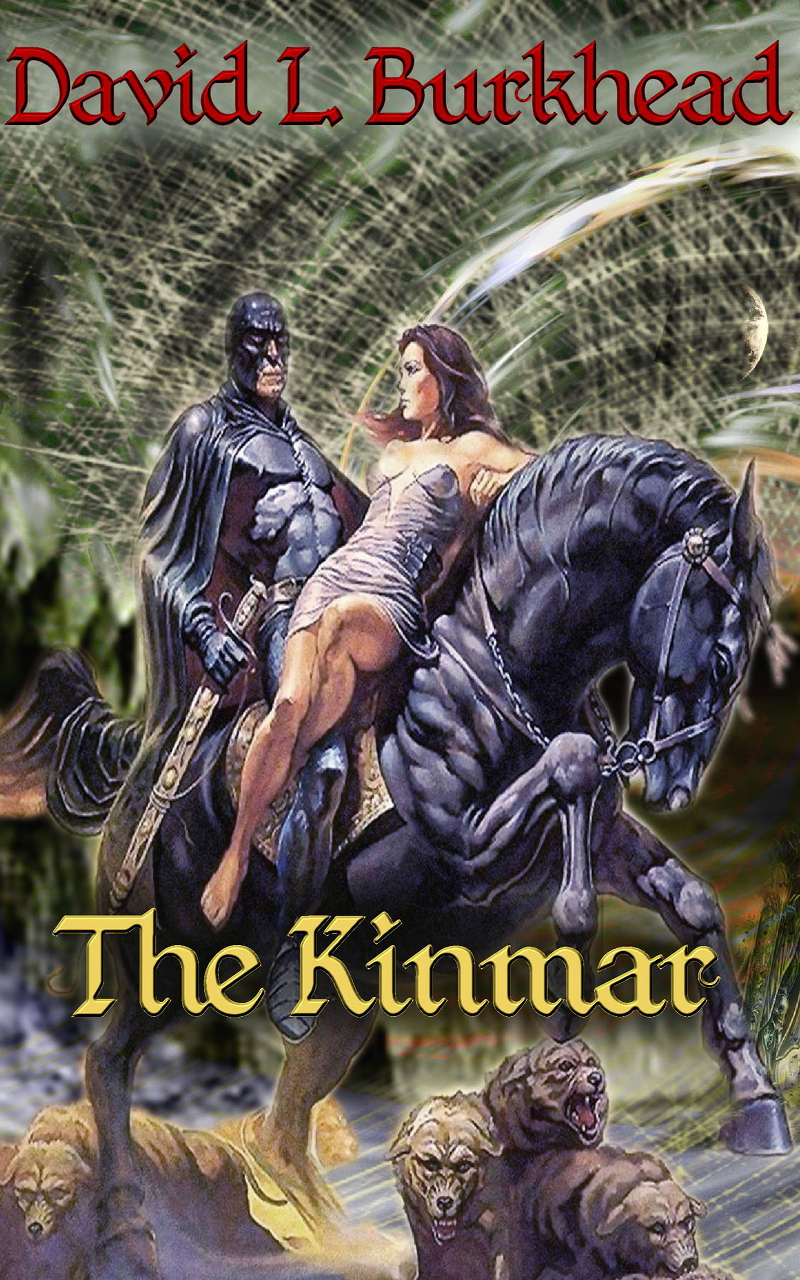I’m getting ready to leave for LibertyCon in Chattanooga tomorrow. No time to write up a blog post (and don’t expect much until next week). So here’s one of my older ones with a little updating with a few additional thoughts interspersed.
Wayland (Völund) the Smith.
Wayland is a character in Germanic and Norse myth. He was a smith of remarkable, even magical, skill. In one version of the story he and two brothers lived with three valkyries. Some say they were wedded to the valkyries but that’s not particularly important to the story. In other versions they were swan maidens, not valkyries. That too, is not particularly important to the story.
After nine years the valkyries left, never to return. Wayland’s two brothers left as well, hoping to find the valkyries and they, too, never returned. Wayland retained a ring left to him by “his” valkyrie.
Some time later, the king Niðhad discovered Wayland and lusted after the many fine things Wayland had made on his forge and captured and imprisoned him. To prevent any possibility of Wayland’s escape, the king had Wayland hamstrung. For those who don’t know, this involves cutting the two large hamstring tendons in the back of the knee (and remember that this would have been in the iron age where no anesthetic was available). He would have had to heal from that with no pain killer other than alcohol and nothing but luck and a strong constitution to stave off infection (no germ theory of disease, let alone modern antisepsis and antibiotics). The tendons themselves would never heal and a person thus hamstrung would be unable to walk properly forever more.
Thus crippled, Wayland was forced to forge for the king. However, far from being helpless, Wayland plotted revenge. Over the course of it he seduced (or raped in some versions) and impregnated the King’s daughter, killed his two sons, and made drinking vessels from their skulls, jewels from their eyes, and a brooch from their teeth. He sent these items to the king and queen who used them without knowing their gruesome origin. And, finally, he made his escape using wings he fashioned in his smithy.
To modern Western sensibilities this seems utterly horrid. Revenge against the king himself is one thing, but taking it out on the children who were presumably innocent of the crime? To modern Western mind’s that’s beyond the pale.
Some have argued that the starkness of Germanic literature is a reflection of the harshness of the climate from which the Germanic people sprang, but I am dubious. If you dig into it you find equally reprehensible (by modern Western standards) behavior by Greek heroes and others from much more “pleasant” climes. One could simply say that life was held cheaply in the past, and “corruption of blood” (later generations held accountable for the crimes of their forebears) and there’s more than a little truth to that. But, again, I don’t think that truly explains the tale of Wayland.
I think one of the important lessons in the tale of Wayland is that of Wyrd, or “fate.” Wyrd, also rendered as “Urd” is the name of one of the Norns that dictate the fates of men and gods.
Back when I first started investigating Asatru (and make no mistake, I am still investigating it), one of the books I read talked about Wyrd. Extrapolating that description (and it’s my own extrapolation—I’ve lost the particular book and can’t say if I’m accurately representing the views of the author or not) “fate” is not something declared into being by any Gods or Goddesses, not even the Norns, but simply revealed by them. It’s not a case of “it is because they say it” but rather “they say it because it is.” Instead, what creates the “fate”, the Wyrd, is the weight of events and choices made up to the moment. That “weight of events and choices” is termed örlogg (again, if I remember correctly). You create your own örlogg by the choices you make over life. But örlogg isn’t just defined by your choices, but by all the choices behind you, including those of your parents and their parents and so on to the dawn of time. The closer to you and to your “now” the greater the effect, but all of it affects your Wyrd.
With that context, the tale of Wayland becomes a cautionary one. When the king enslaved and mutilated Wayland he added heavily on the negative side to his örlogg—and to that of those close to him including his wife and his children. Wayland’s revenge, then, becomes in part a working out of the Wyrd of that örlogg. He represents here simply the uncaring forces of nature reflecting evil back on evil in a shower that falls on the guilty and innocent alike.
And so the cautionary tale becomes to be careful what you do and who you harm because the harm reflects not just back on you, but on those around you that you care about, not because any deity delights in harming the innocent but simply because that is what harm does.
If the Asatru idea of fate and the Norns interests you, you might like my story The Spaewife.

What can a spaewife do, when even the gods are against her and the future she foresees is full of horrors?
For years Katla Gudmarsdottir told no one of the things the Norns, controllers of fate, told her were coming. She shared forecastings of when to plant and when to harvest and other simple things, but not the dread visions the Norns gave her.
Now Ulfarr, the Foul one, has kidnapped her and holds her children hostage for her foretelling.
And alone, forsaken even by the Norns, Katla must save herself, her children and her people.






